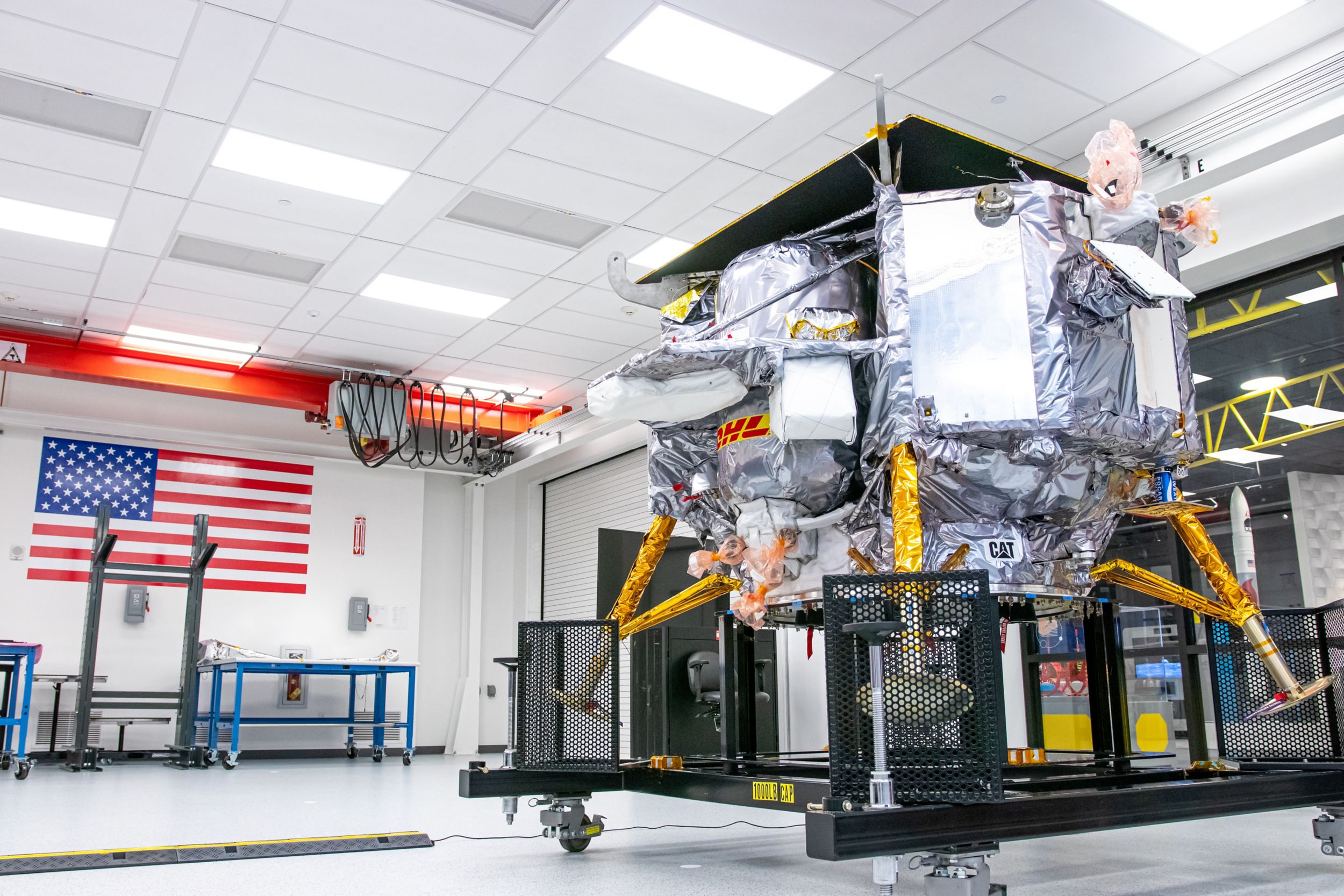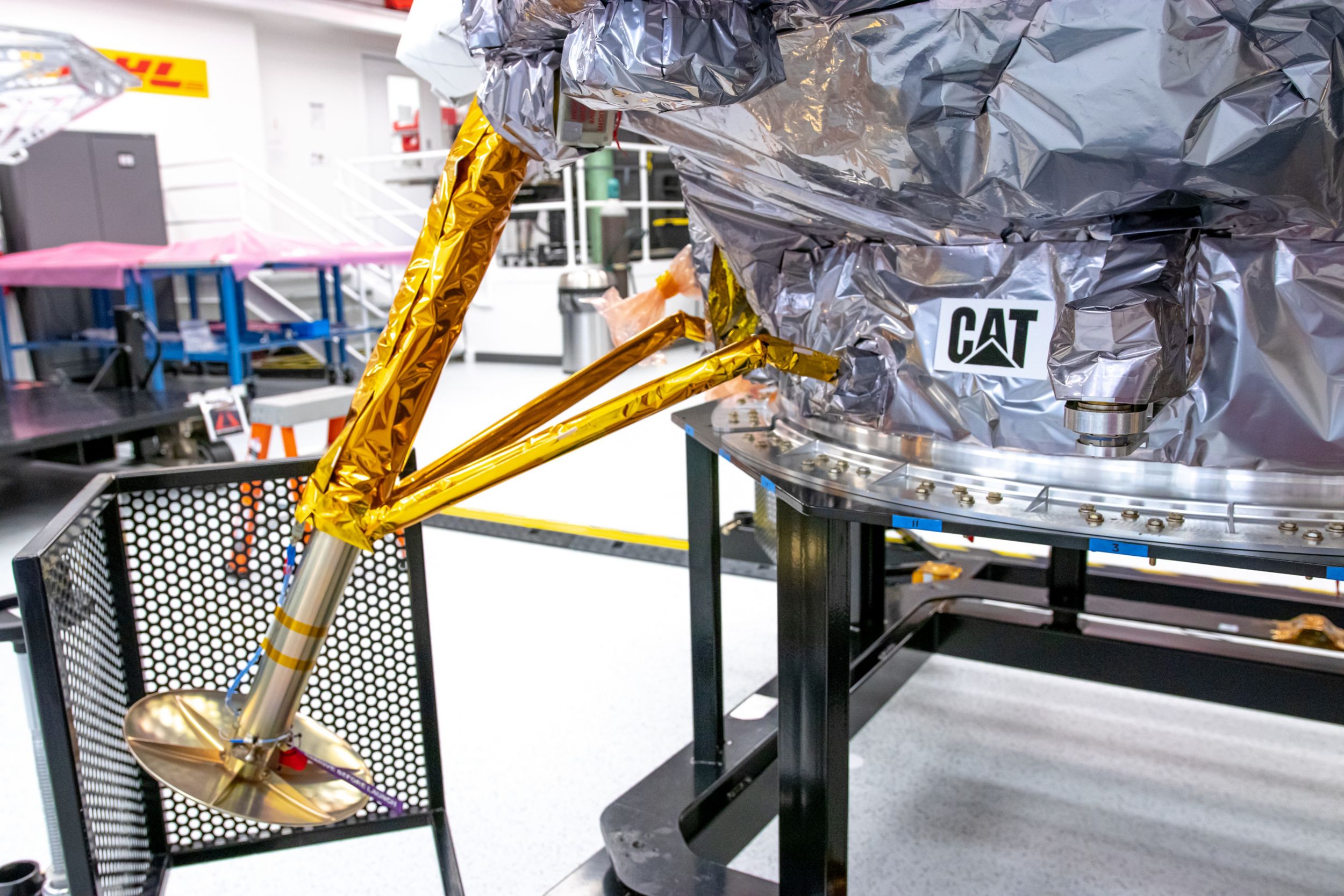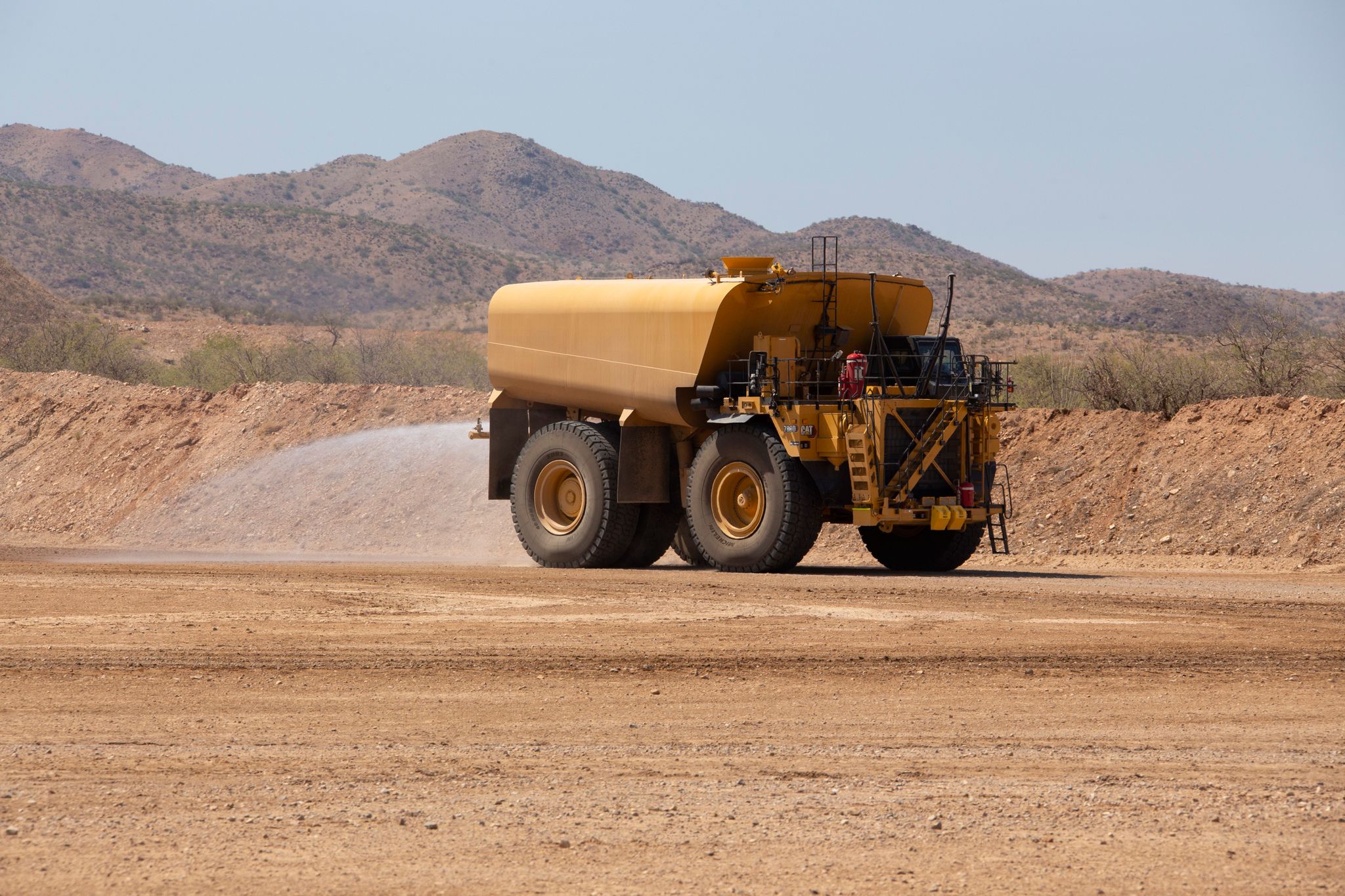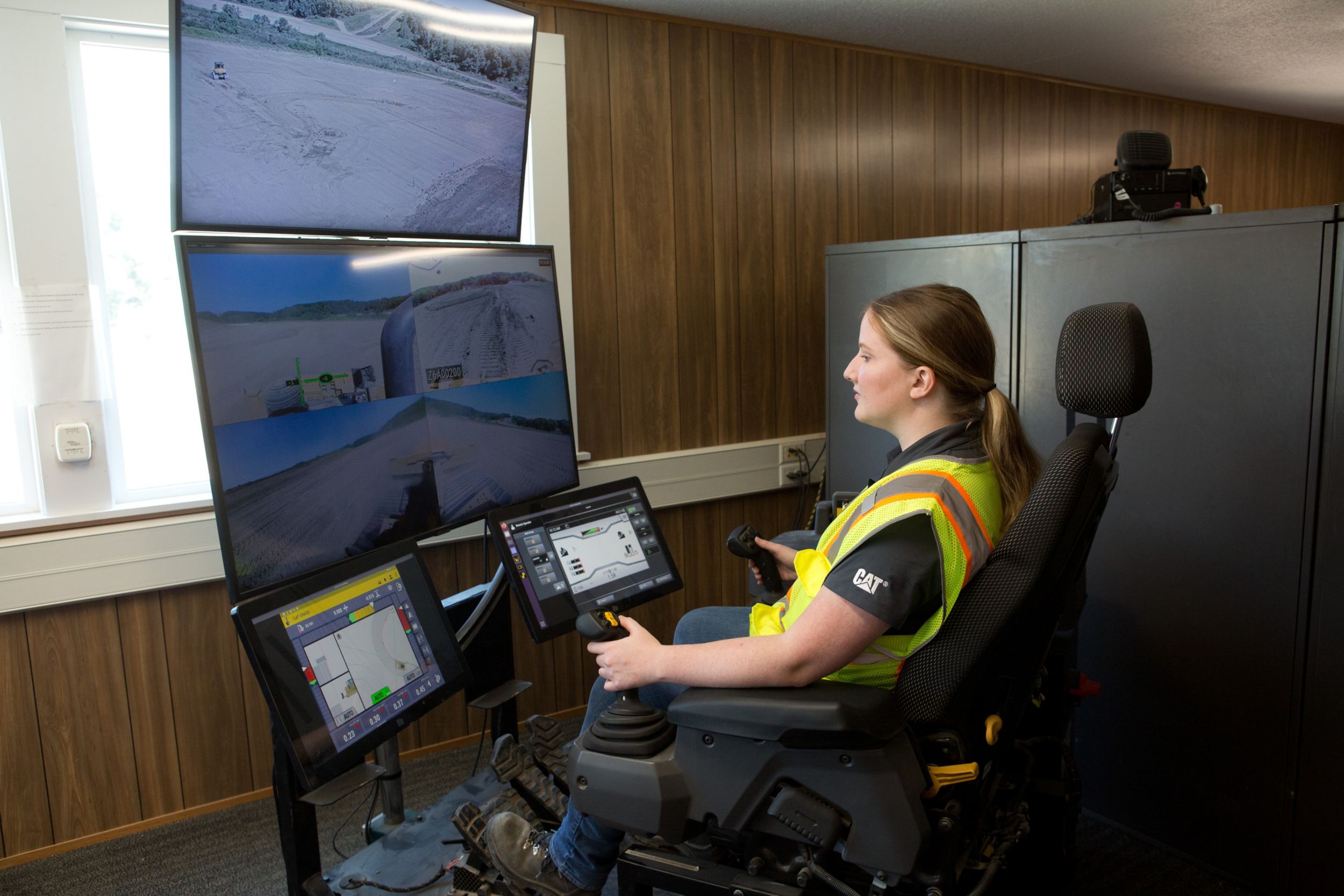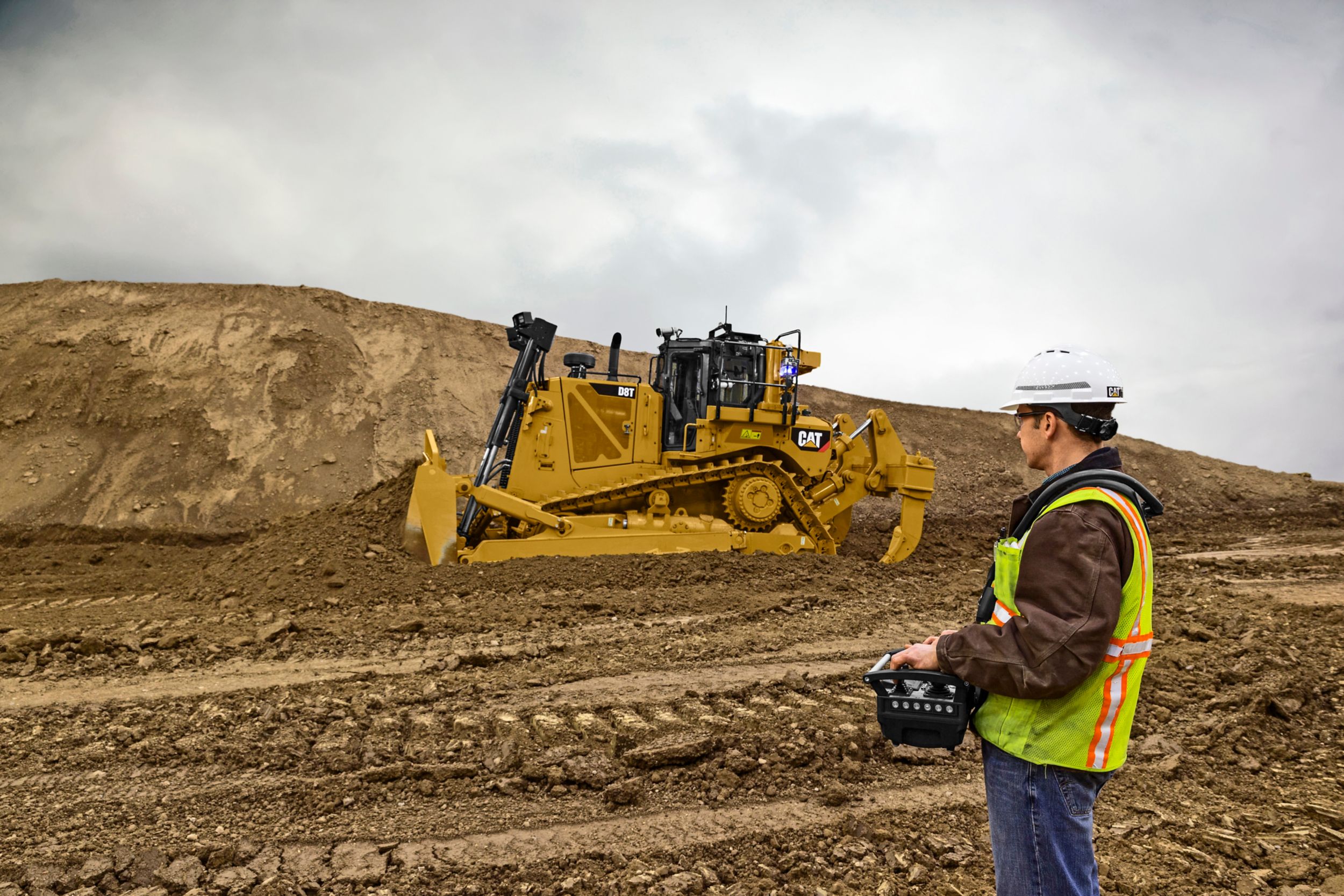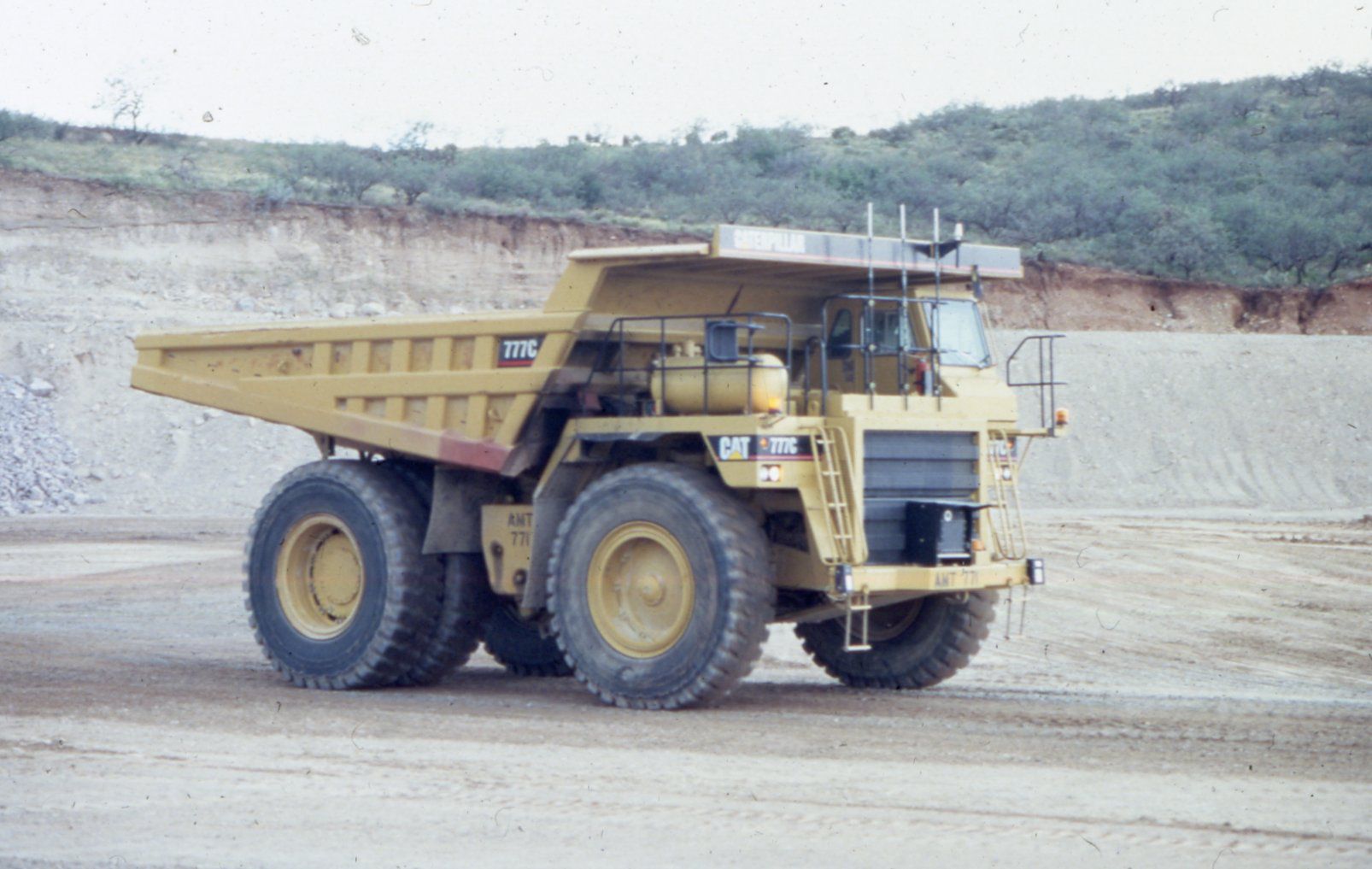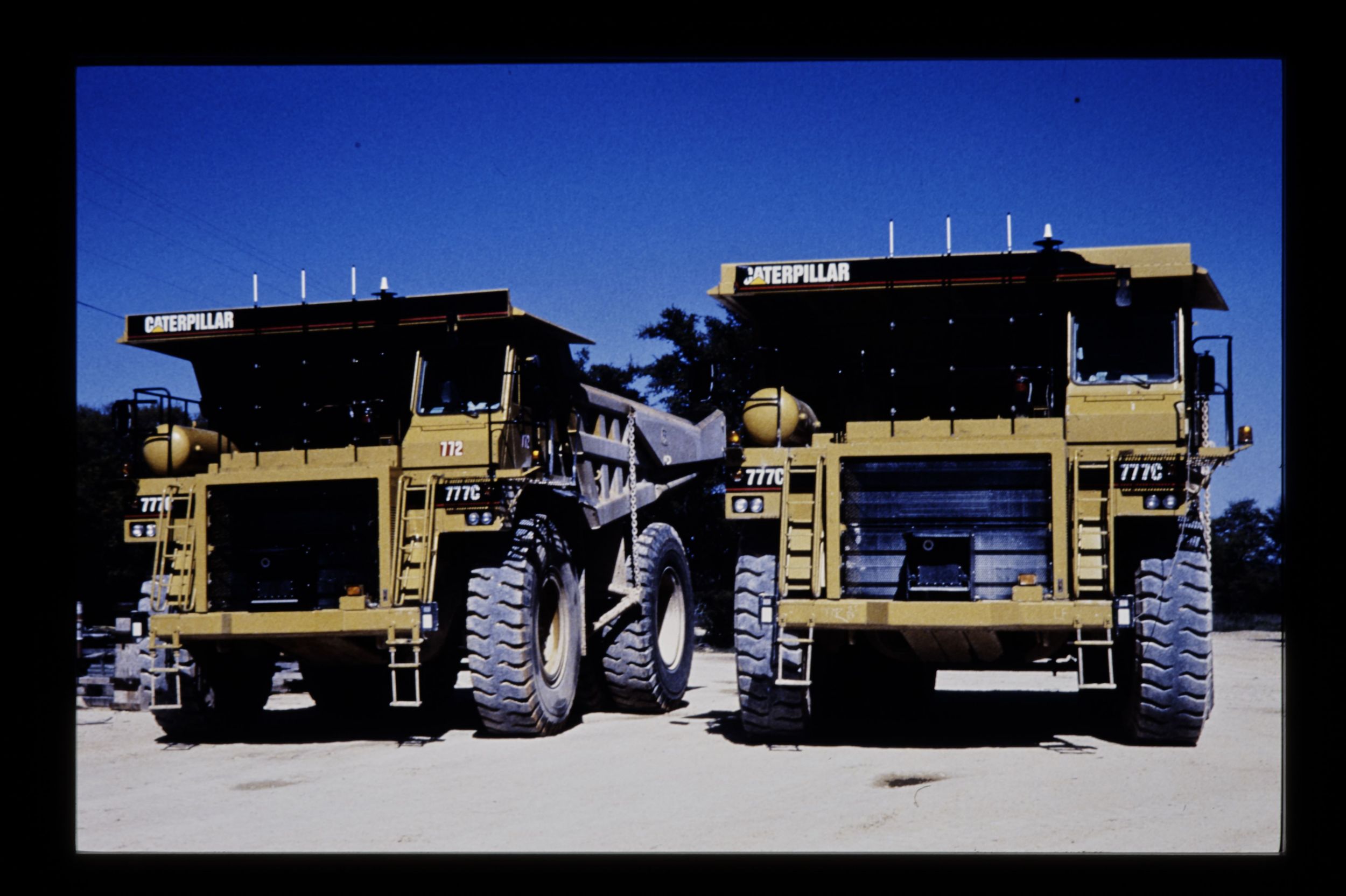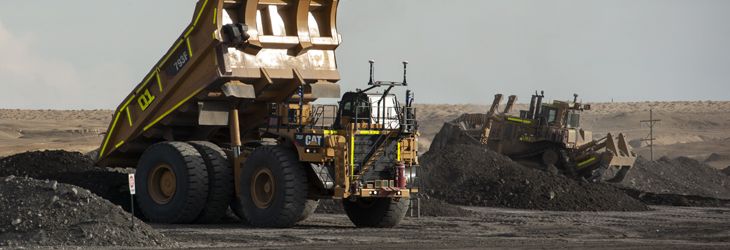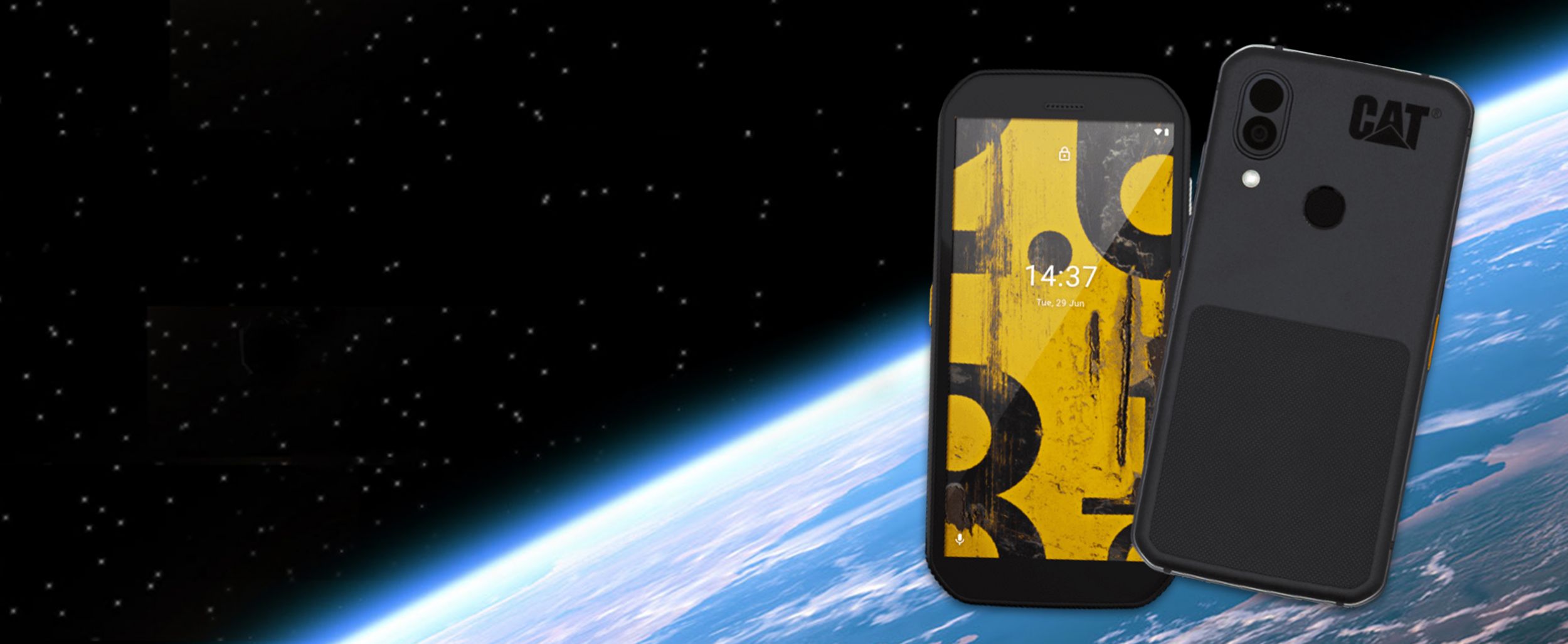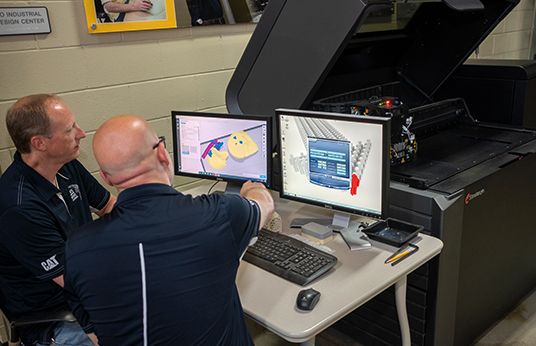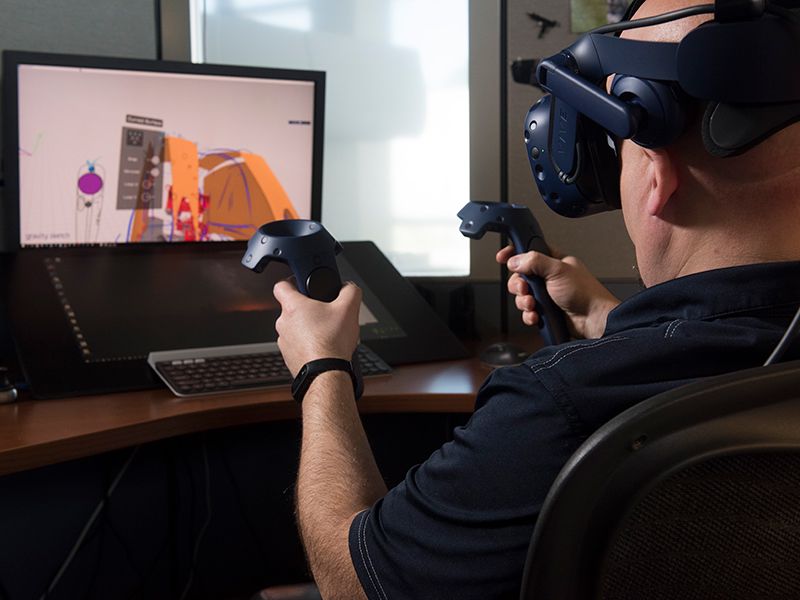

Sign In
Welcome! Sign In to personalize your Cat.com experience
If you already have an existing account with another Cat App, you can use the same account to sign in here
Register Now
One Account. All of Cat.
Your Caterpillar account is the single account you use to log in to select services and applications we offer. Shop for parts and machines online, manage your fleet, go mobile, and more.
Account Information
Site Settings
Security
There's a Cat® logo on the lunar lander. Here's why...
How our long-term connection with NASA is shaping innovations in autonomy for our customers.
Eric Reiners
Automation & Autonomy Program Manager
Caterpillar Inc.
Millions of eyes were on the skies January 8, 2024, for the United Launch Alliance’s Vulcan rocket. The goal of the launch was to deliver the Astrobotic Peregrine Mission One lander to the moon, as part of NASA’s Commercial Lunar Payload Services initiative. Missions to space are always exciting, but we at Caterpillar were particularly interested in this one because the Cat logo was on the lunar lander.
Why Is the Cat Logo on the Astrobotic Lander?
While we think Cat yellow would be a great color for a lunar lander, Caterpillar isn’t manufacturing spacecraft. But we have been involved with NASA since the early 2000’s on technologies ranging from autonomy, 3D-printing, robotics and simulators. The Cat logo on the lander is an honorary nod to that work and our early support of aerospace company Astrobotic.
You may be wondering, “With all the tech companies in the world, why is NASA working with Caterpillar?”
For years, we’ve been working on the cutting edge of technology, primarily due to the nature of our applications. In the 1980s, for example, when personal computers were a luxury and very few people owned cellphones, Caterpillar was working on an autonomous mining truck. Today, Caterpillar’s fleet of autonomous haul trucks is the largest in operation in the world.
Explorations in Lunar Autonomy
It's that early expertise in autonomy and robotics that made us a good resource for NASA when they started developing lunar excavation and construction capabilities in 2007.
“As NASA looks to create a permanent human presence on the lunar surface, they need to create infrastructure and resource access,” explained Caterpillar Automation & Autonomy Program Manager Eric Reiners. “Caterpillar enables our customers to do these activities here on earth every day. By working together, Caterpillar and NASA can accelerate the development of technology that will help us both achieve our goals.”
Caterpillar data scientists and engineers continue to work with NASA teams on a variety of technology research initiatives, including primary sponsorship of NASA’s annual Lunabotics Student Competition. The ongoing relationship with NASA has been mutually beneficial, leading to equipment technologies that can be used by both NASA and Caterpillar.
“When we’re working with NASA, we find that their challenges can cause us to look at solutions we may not have previously considered,” said Eric. “Many times, those solutions also provide value to our customers.”
The Planetary Infrastructure Development project, which had a goal of exploring how tele-operation could benefit future planetary exploration missions and construction, led to design concepts in the Cat® Command Remote Operator Station and Cat Command for Dozing Semi-Autonomous Tractor System.






Lunar Excavators & Simulating Moon Dirt
Most recently, NASA has been leveraging Caterpillar’s proprietary simulation technology to develop its own robotic excavator. The In-Situ Pilot Excavator (IPEx) will help build essential infrastructure on the moon as part of the Artemis mission.
At Caterpillar, we use this technology to simulate various working environments and soil conditions during product development. It helps our engineers work out bugs in real-time before we start real-world testing. Today, NASA is evaluating the technology to simulate working conditions on the moon, which are tough to test in real life.
"We are tuning our simulation capability to the lunar simulant that Kennedy Space Center now uses in their development program,” Eric said. “They’ll use it to refine their excavator design and test different scenarios before actually going to the lunar surface.”
IPEx is slated to launch sometime this decade.
Onward!
The Cat logo on the lander was a moment of pride for us and represents years of space technology contributions. While this particular mission didn’t go as everyone hoped (the lunar lander lost power), we also know that trial and error is part of the innovation process.
“Space and technology development is hard,” Eric acknowledged. “ We know this well from our own work in automation and electrification. Sometimes the best progress forward comes from the lessons learned in failure.”
The future is bright for our work in technology, and we look forward to continued work with NASA.
Launch Your Career with Caterpillar
The placement of our logo on the lander represents years of space technology contributions, and it’s a moment of pride for us. We look forward to continued work with NASA in the future.
Want to develop technologies that help build the world around (and above) us? We are continually looking for new talent in engineering, data science, machine learning, software development and more. You never know where a career at Caterpillar will take you. The wide range of opportunities offers out of this world experiences.
For more on Caterpillar careers in automation, connectivity, and electrification, visit careers.caterpillar.com.
Related Stories
-
How Does an Autonomous Truck See?
Caterpillar autonomy expert Jagath Samaraweera explains how Cat autonomous trucks "see" what's coming using an advanced perception system.
Learn More -
Sending a Cat® Rugged Smartphone into Space
When university students wanted to send a phone into space, one Cat licensee knew it would take a tough phone to handle the pressure. See why they chose a Cat S62 Pro.
Learn More -
3D Printing Technology For More Than Machines
Caterpillar partnered with OSF HealthCare to give a patient a fighting chance with a 3D printed liver. See how 3D printing in healthcare can help save lives.
Learn More -
The Blending of Art and Engineering
Caterpillar's Industrial Design team infuses Cat DNA into our products by blending art and engineering. Watch how the team's design process has evolved over the years.
Learn More
